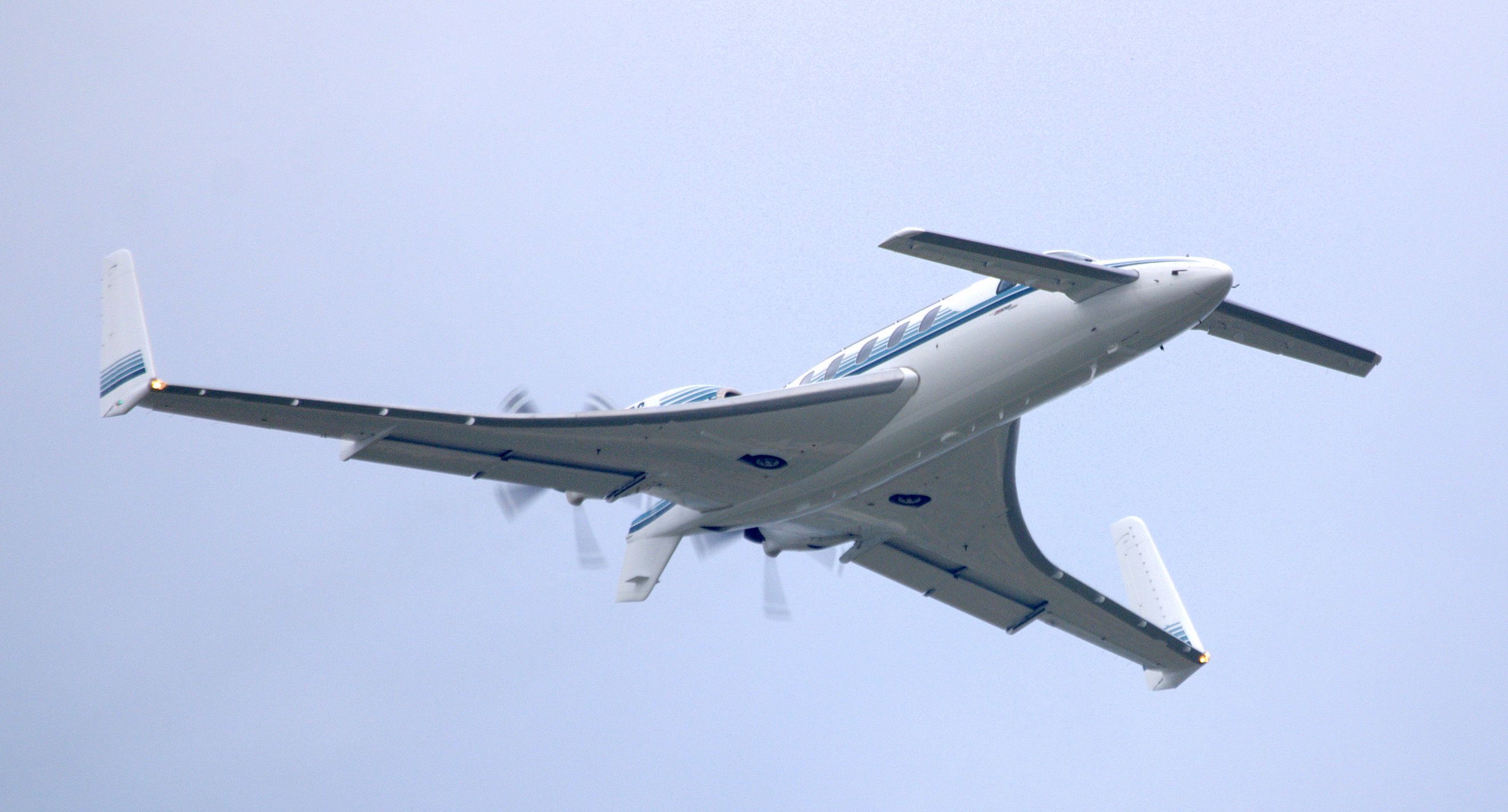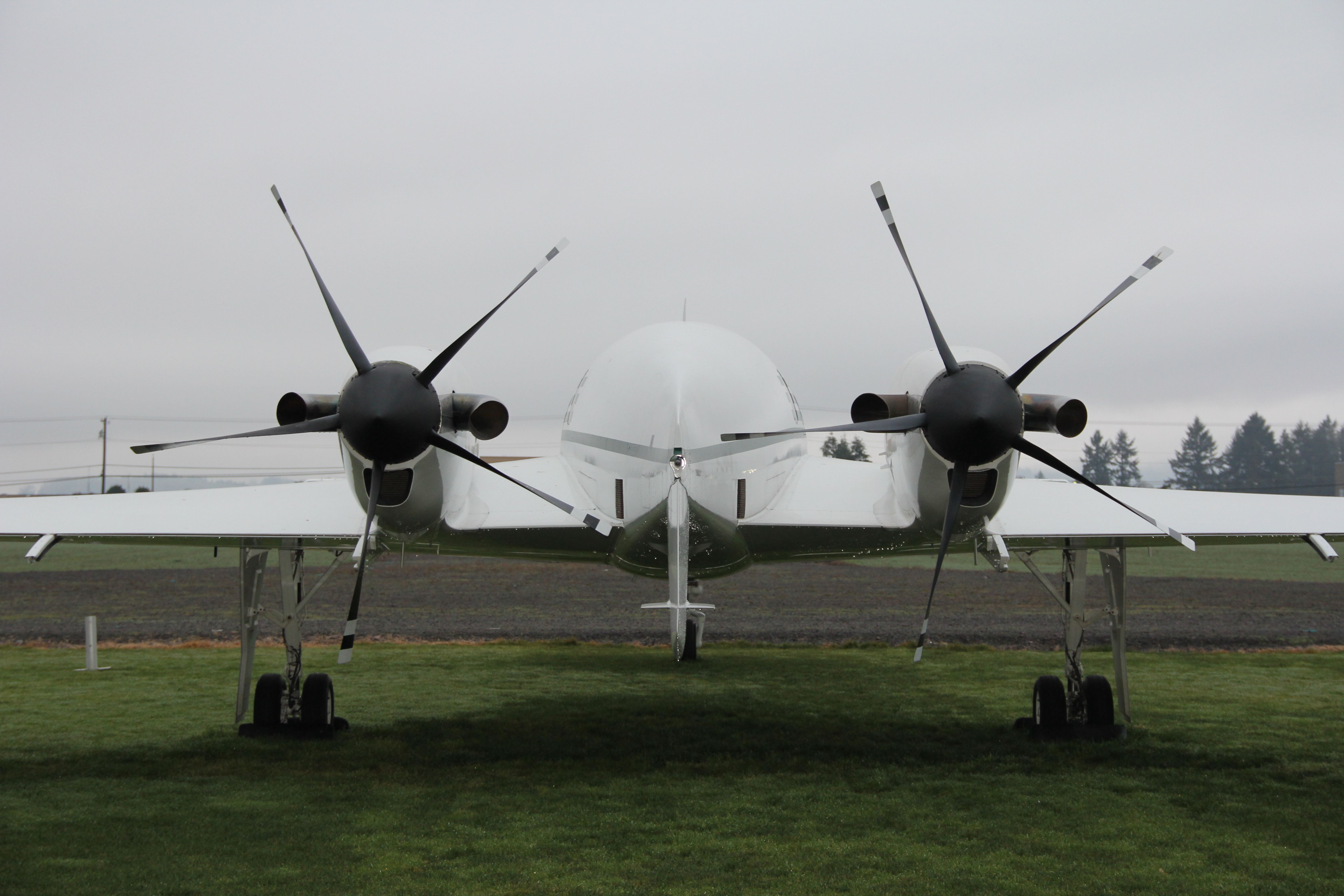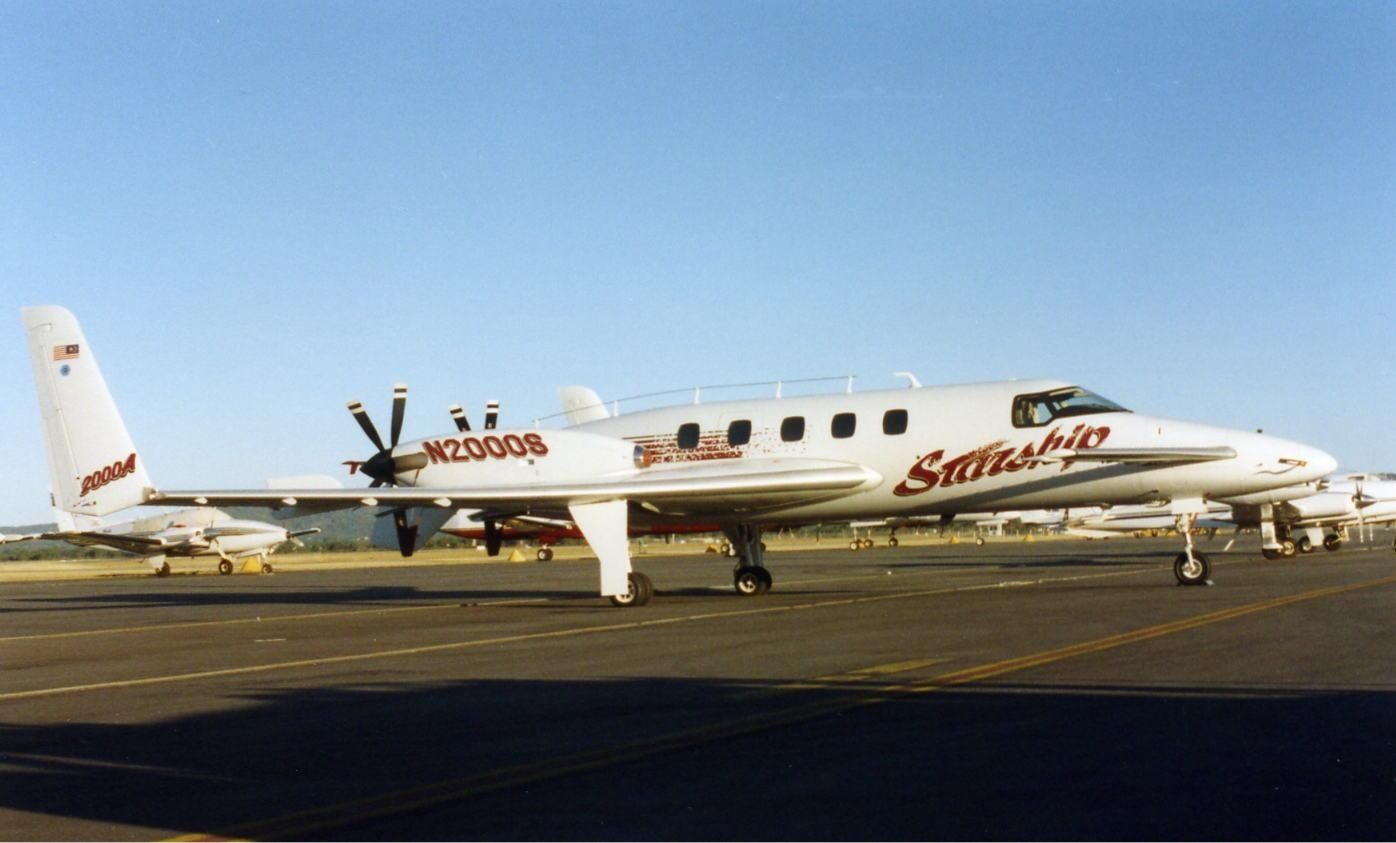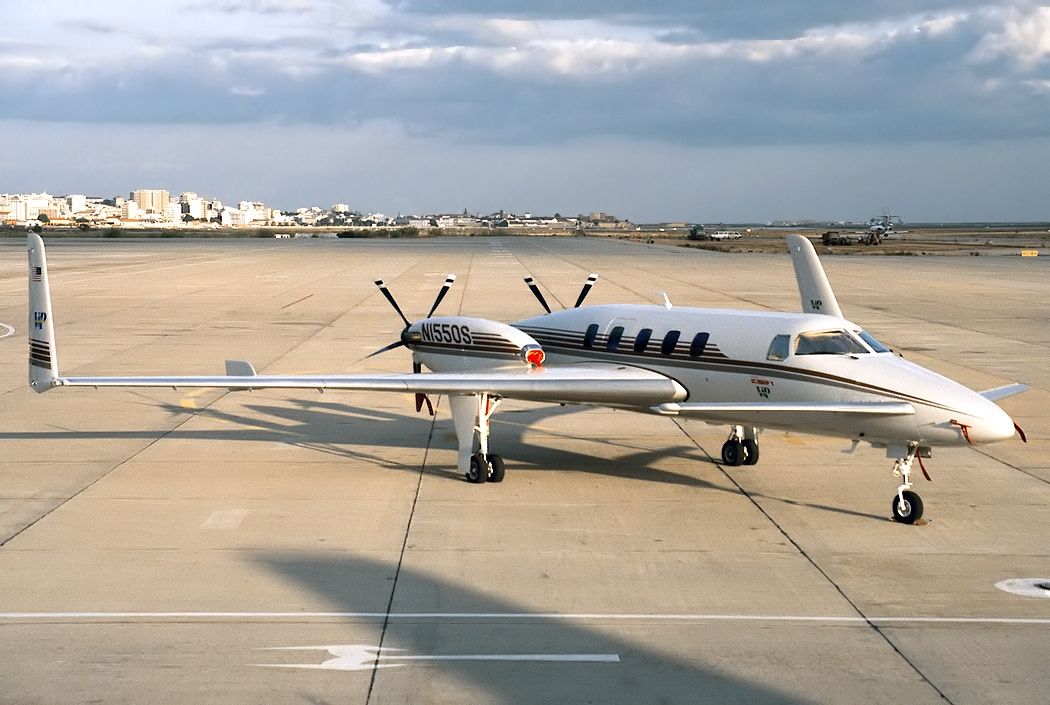The Beechcraft Starship was a six-passenger twin-turboprop designed for the executive transport market and first flown in 1986. The futuristic aircraft was intended to succeed the manufacturer’s King Air 200, which had been flying for 15 years at the time. Despite its visionary design and innovative features, the Starship turned out to be a commercial failure.
Revolutionary design
The Beechcraft Starship was among the most technologically advanced aircraft types of its time. With its unique, futuristic design that featured a canard (a wing configuration with a small forewing situated forward of the main wing) and composite build, the Starship was undoubtedly a sight to behold.
Designed in 1982, it was the first fully composite business aircraft, making it stronger yet lighter than others in its class. The Starship was also the first turboprop pusher – in which the turboprop engines are placed at the rear of the aircraft – to be certified by the Federal Aviation Administration (FAA). These two design features meant that the Starship offered its passengers a quieter ride, similar to that of a jet aircraft.
Get the latest aviation news straight to your inbox: Sign up for our newsletters today.
In a move emboldened by the dawn of the computer age, famed aircraft designer Burt Rutan (and his company, Scaled Composites) decided to do away with steam gauges completely. Instead, the cutting-edge Starship boasted the first certified all-glass cockpit.
Too far ahead of its time
Combining the head-turning design with its never-before-seen technological advancements, the Starship was a daring undertaking, especially in an industry that typically evolved gradually. While the aircraft seemed ready for the future, the market was not: potential buyers were hesitant to be the first to try out these aviation “firsts.”
Furthermore, the aircraft launched at the height of an economic recession at a costly $3.9 million for the original 2000 model and $4.7 million for the 2000A. This price tag was significantly heftier than other turboprops at the time and, instead, was on par with a jet aircraft.
Love aviation history? Discover more of our stories here.
A mere curiosity
Raytheon, the parent company of Beechcraft, came to realize that despite being drawn to its unique design, many potential buyers were unwilling to trust their lives to the Starship – nor were they keen on forking out a large sum for a revolutionary aircraft with no proven record.
In a bid to improve sales and prove the Starship’s worth, Raytheon decided to offer free maintenance to Starship owners. Unfortunately, this further exacerbated the aircraft’s image: current owners made full use of the offer by often getting extensive (and sometimes unnecessary) maintenance work done. Meanwhile, prospective buyers incorrectly assumed that the Starship was unreliable, hence needing frequent maintenance.
As a result, not only did the Starship fail to bring in any money, but it was also costing Raytheon more money than expected. So, after having spent over $300 million on the program, production was ultimately canceled in 1995. Just 53 Beechcraft Starships were ever built, with only a few sold and a majority of the fleet leased by Raytheon.
Stay informed: Sign up for our daily and weekly aviation news digests.





